The Paintbrush and the Pen—by T.K. Thorne
Writer, humanist,
dog-mom, horse servant and cat-slave,
Lover of solitude
and the company of good friends,
New places, new ideas
and old wisdom.
During the pandemic I edited several books and started two novels, both of which seem stuck somewhere near the beginning and are sitting around waiting for me. I don’t know if it was the stress of the year or I just burned out.
A friend introduced me to a form of art doodling called Zentangle, which is usually done on 3×3 inch pieces with a pen and pencil shading. Looks like this:
I decided I wanted to color them and bought some colored pencils.
Then I stumbled across water color pencils. Who knew? Got some of those and the color intensified.
So I ordered tube water colors and real water color paper and “got serious.” I started painting scenes out of my head. This one went to my new grandchild:
And then from photographs:
My nine-year-old nephew said he wanted a painting of outer space.
“I like planets.” he said.
Which one is your favorite?”
With a wicked grin, “Uranus!”
He didn’t get Uranus (I think he just liked to say the word! 🙂 This is what he got:
My other nine-year-old nephew liked space but opted for a type of dinosaur I’d never heard of—a Spinosaurus, which has a huge head and jaws and likes water. I threw in an eclipse to cover the space interest.
Connections between painting and writing have evolved along with subject matter. Since I had no idea what I was doing, I developed a silent mantra to keep me brave enough to try things—Don’t be afraid of the paint. Writing is like that. You can’t let fear of not having the right words stop you. There are ways to fix what you don’t like in both fields, but you have to put something down on paper first. (I think I am talking to myself here….)
Painting has expanded my “notice meter.” I look at the world differently, trying to take in how light plays in the tree canopy or on a field or a face, and I note how that affects my inner world. Writers look for physical, emotional and mental nuances, motivations, and behaviors. But we also are called upon to describe the world in terms of our senses and I suspect this “arting” thing is going to enhance my ability to describe the visual world.
One major lesson is that nothing exists without contrast. Light requires dark, even if it is in shades. An arc of character must, likewise, have contrast, a setup if you will.
A painting, like a story, takes on a life of its own. Not everything goes the way you “planned” it, and that is okay. Sometimes you have to let the colors and water do what they want to do and go from there. The same for a story. A character you planned to grant a minor role may become a major player. A plot can go off in a new direction. Your characters may say or do unexpected things. These are part of the challenges and joys of writing and painting.
Science says creating art can help depression and PTSD, stimulate alpha (relaxing) brain waves, and reduce the stress hormone cortisol. They also say that learning new things creates new connections in your brain. I don’t pretend to be anything more than a beginning amateur at this, but I am loving this new passion. My words got stuck during the pandemic, and I don’t know when they will come back, but meanwhile I am determined not to be afraid of the paint and to see where it takes me.
T.K. is a retired police captain who writes Books, which, like this blog, go wherever her interest and imagination take her. More at TKThorne.com

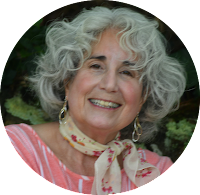
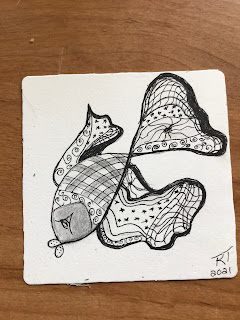
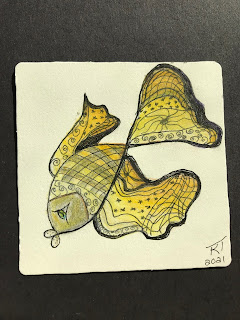


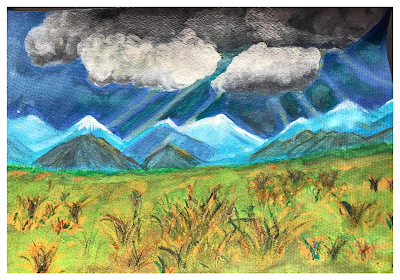
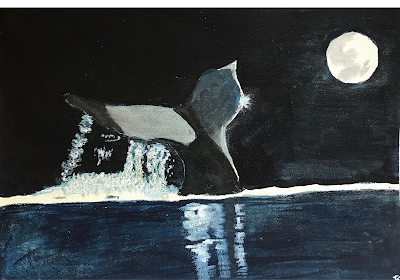

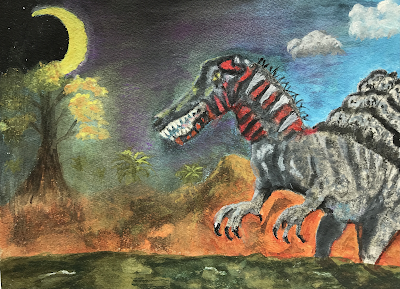
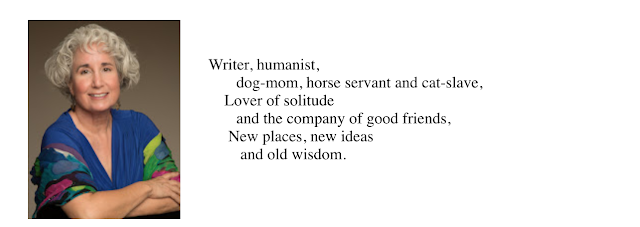
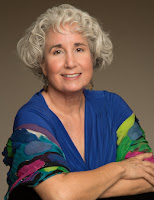
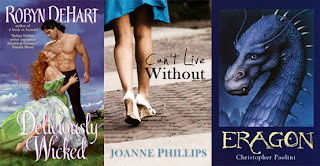
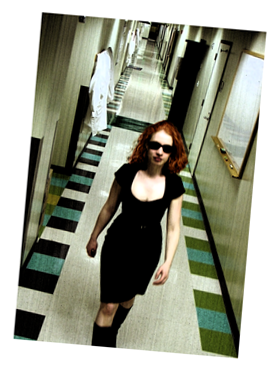
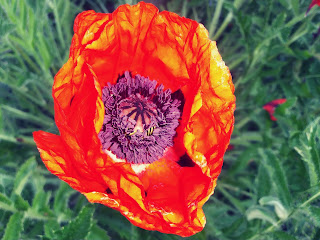
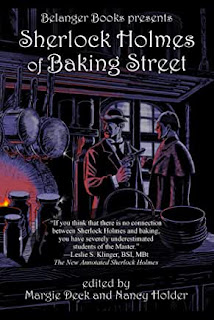
Love these, TK! You've inspired me to try something new- calligraphy!
I love it! Don't be afraid of the Paint! That says so much about life.
You're going to have to change your bio to include visual artist. I love the way you've pivoted!
So wonderful to find a new passion. And you're getting good at it. Keep on keepin' on, TK.
Wow! Love the art
Brilliant mantra! It's so cool to watch you grow as a painter 🙂